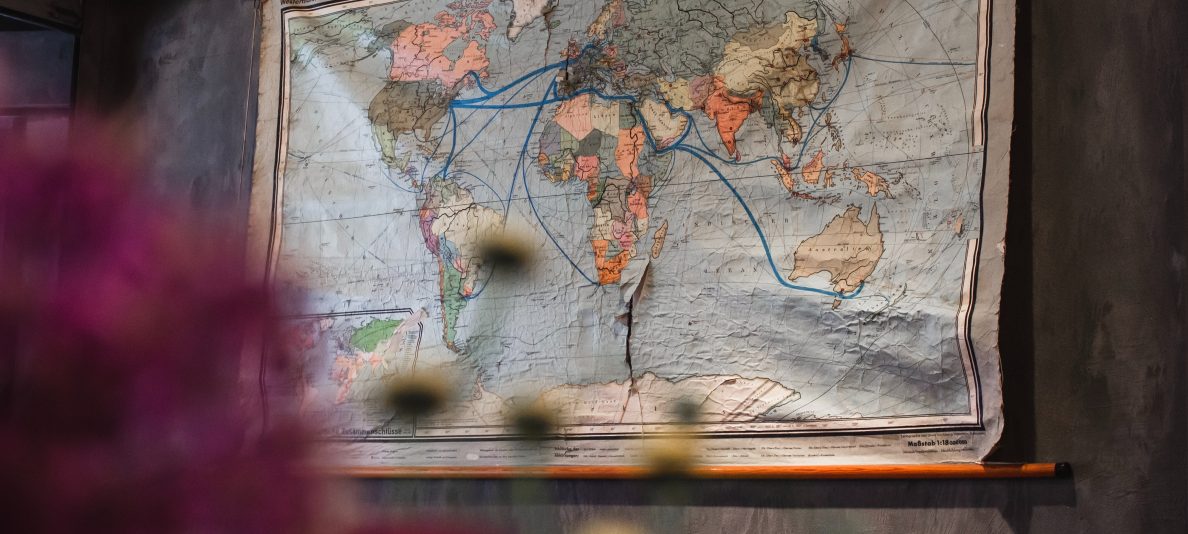When we lived overseas, we were encouraged to make lists of items we would need to grab in case of an evacuation. First there was the list for what to collect if we had only fifteen minutes to leave. Then there were lists for an evacuation in an hour, in 24 hours, and so on.
While a swift departure from our apartment in Taipei was a possibility, it didn’t loom over our heads as it does for many in other countries . . . so we never made a formal list. Rather, we had a cluster of absolutely-most-important-things kept in the same room: my laptop, our passports, extra credit cards, a printout of important contact information, a first-aid kit.
We never tackled listing the irreplaceable items, those with sentimental value. Like writing a will, it was hard to think about and too easy to put off.
If you had to leave your home in a hurry, what would you take? What if you had to escape your country, as well? And what if you knew it would probably be nearly 20 years before you were able to create a new home?
Melissa Fleming, chief spokesperson for the UN’s High Commissioner for Refugees, knows a lot about people who flee their homes and about what they lose and what they take with them. She knows a lot because she meets refugees and talks with them.
In her TED Talk, “Let’s Help Refugees Thrive, Not Just Survive,” she tells her motivation for what she does:
So I started working with refugees because I wanted to make a difference, and making a difference starts with telling their stories. So when I meet refugees, I always ask them questions. Who bombed your house? Who killed your son? Did the rest of your family make it out alive? How are you coping in your life in exile? But there’s one question that always seems to me to be most revealing, and that is: What did you take? What was that most important thing that you had to take with you when the bombs were exploding in your town, and the armed gangs were approaching your house?
She then shares the story of Hany, a young Syrian refugee who knew exactly what he would take when his family was forced to flee to Lebanon. “I took my high school diploma,” he said, “because my life depended on it.” He had risked his life in war-torn Syria to earn it, and he saw his education as his hope for the future.
Fleming goes on to tell more stories of refugees and to recount some sobering statistics, including these (I’ve added some additional numbers from “UNHCR: Facts and Figures about Refugees“):
- The approximately 50 million forcibly displaced people at the end of 2013 is the highest number since World War II.
- Each day last year, an average of 32,000 more people were forced from their homes.
- 33 million of the displaced people remain in their own country. 16.7 million flee to other countries, making them refugees.
- 86% of the world’s refugees are living in the developing world.
- On average, a refugee will be displaced for 17 years.
- The war in Syria has produced 6.5 million displaced people, about half its population. More than 3 million of them have entered neighboring countries.
- Lebanon, a country of 4 million, is home to 1 million Syrian refugees.
- Half of the Syrian refugees are children, and only 20% of those in Lebanon are in school.
Below is Fleming’s full TED Talk, followed by a video message from Hany, produced by the UNCHR.
The last video is “Lebanon: Through the Eyes of a Refugee,” featuring Hany’s photographs from his participation in the UNHCR workshop Do You See What I See? The two-week class on photography and writing was led by photojournalist Brendan Bannon.
[photo: “TG14_100814_DD5A2115_1920,” by James Duncan Davidson/TED, used under a Creative Commons license]


” Each day, an average of 32,000 more people are forced from their homes.” ?!?!!!!!
LikeLike
You made me go back and look at that figure again. Actually, that was the number in 2013 (I’ve added that clarification to the post). In 2011 it was 14,000; in 2012 it was 23,000. Maybe 2013 was a peak year, but my thought is that with the current conflicts going on, 2014 probably continued the rise. So the current figure may be even higher.
LikeLike